The Limited-Service Restaurant Market is currently characterized by a dynamic competitive landscape, driven by evolving consumer preferences and technological advancements. Major players such as McDonald's (US), Starbucks (US), and Domino's (US) are at the forefront, each adopting distinct strategies to enhance their market positioning. McDonald's (US) continues to innovate its menu offerings while emphasizing digital ordering and delivery services, which appear to resonate well with the growing demand for convenience. Starbucks (US), on the other hand, focuses on sustainability initiatives and premium product offerings, aiming to attract environmentally conscious consumers. Meanwhile, Domino's (US) leverages its robust digital infrastructure to streamline operations and enhance customer engagement, indicating a strong commitment to technology-driven growth.
The business tactics employed by these companies reflect a concerted effort to optimize supply chains and localize offerings to meet regional tastes. The market structure is moderately fragmented, with a mix of established brands and emerging players vying for consumer attention. The collective influence of key players shapes competitive dynamics, as they continuously adapt to market demands and consumer trends, fostering an environment of innovation and responsiveness.
In August 2025, McDonald's (US) announced a partnership with a leading tech firm to enhance its mobile app capabilities, aiming to provide a more personalized customer experience. This strategic move underscores the importance of digital transformation in the fast-food sector, as companies seek to leverage technology to drive customer loyalty and streamline operations. The integration of advanced analytics into their app could potentially lead to improved customer insights and targeted marketing strategies.
In September 2025, Starbucks (US) unveiled a new line of plant-based beverages, aligning with its sustainability goals and catering to the growing demand for healthier options. This initiative not only reinforces Starbucks' commitment to environmental stewardship but also positions the brand as a leader in the plant-based movement within the beverage sector. The introduction of these products may attract a broader customer base, particularly among health-conscious consumers.
In October 2025, Domino's (US) launched a new AI-driven delivery system that optimizes delivery routes in real-time, enhancing efficiency and reducing delivery times. This innovation reflects the increasing reliance on artificial intelligence within the industry, as companies strive to improve operational efficiency and customer satisfaction. The implementation of such technology could provide Domino's with a competitive edge in the fast-paced delivery market.
As of October 2025, current trends in the Limited-Service Restaurant Market indicate a strong emphasis on digitalization, sustainability, and the integration of artificial intelligence. Strategic alliances are becoming increasingly prevalent, as companies recognize the value of collaboration in navigating complex market challenges. Looking ahead, competitive differentiation is likely to evolve, shifting from traditional price-based competition to a focus on innovation, technological advancements, and supply chain reliability. This transition may redefine consumer expectations and reshape the competitive landscape in the years to come.



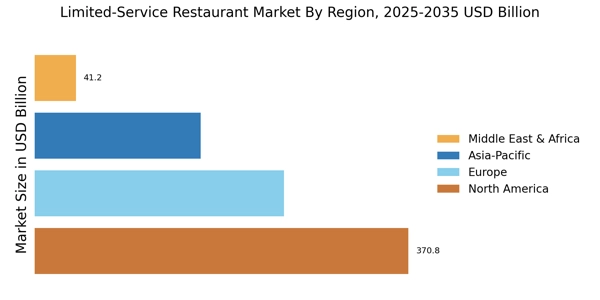
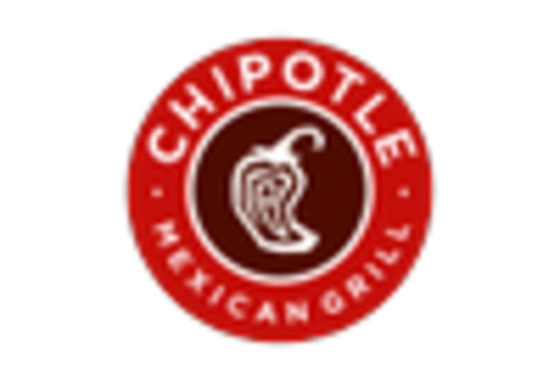

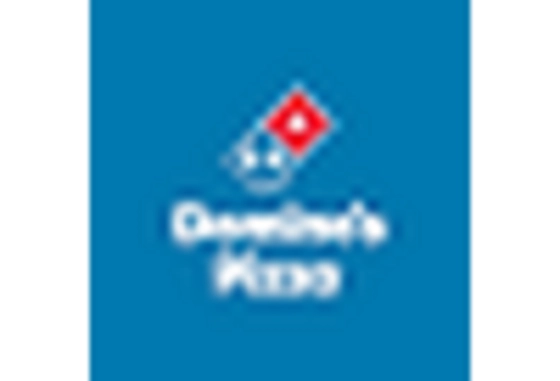
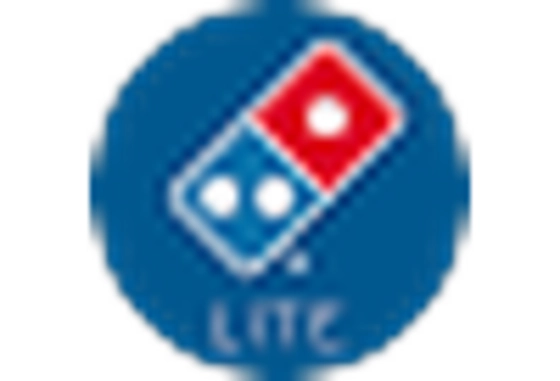

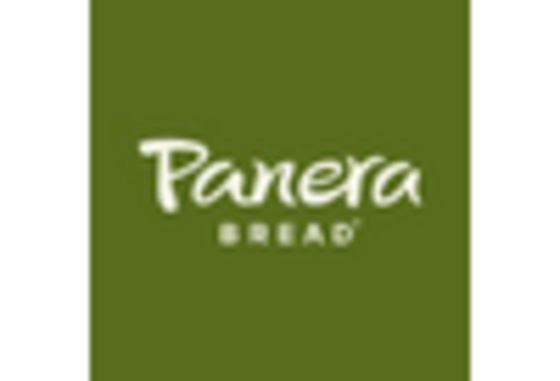
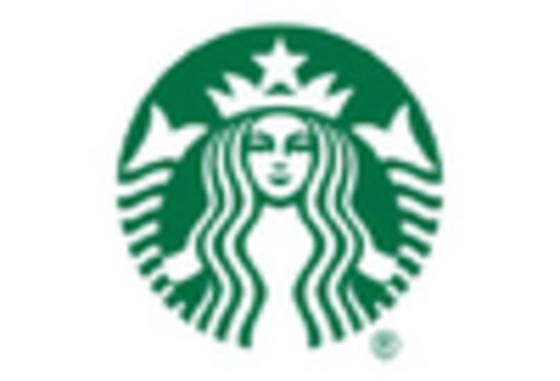










Leave a Comment